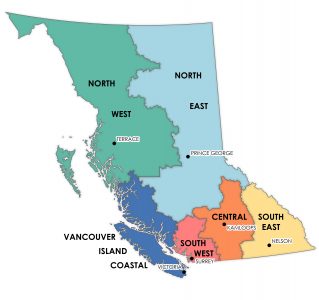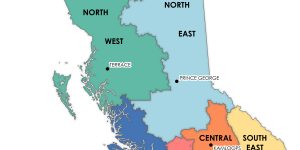My department at Indigenous Services Canada, Emergency Management, is responsible for the distribution of a number of federal funding mechanisms for First Nations communities to prepare for, mitigate, and respond to various types of emergencies.
From forest fires, floods, COVID-19 and beyond, programs like the Emergency Management Assistance Program (EMAP), the Indigenous Community Support Fund (ICSF), and the Non-Structural Mitigation Program (NSMP), provide valuable funding streams to Indigenous communities to prepare for challenging circumstances.
Ensuring a systematic, fair, and equitable distribution of these funds is key to the department's mandate, and throughout my work term I was able to assist in this. I was tasked with investigating the funding allocated to each of the Indigenous Communities that tapped into the programs noted above. Broken down by region (Southwest, Southeast, Northwest, Northeast, Central, and Vancouver Island), per capita funding (dollars per community member), and the type of project funded, I drafted a valuable tool for my department to understand how money has been distributed to communities, and the trends within these various funding allocations.
This information is valuable in that it gives the department insight into how it can ensure that all communities can equally access federal funding, and to assist in the development of strategies to make the allocation of resources equitable for all First Nations in British Columbia.



This task helped me develop my analytical and research skills, in that I was required to investigate trends in the funds allocated to Indigenous communities over the previous two fiscal years. I successfully outlined how the department had, over that period, divided support funds based on geographic area and dollar amount per capita.